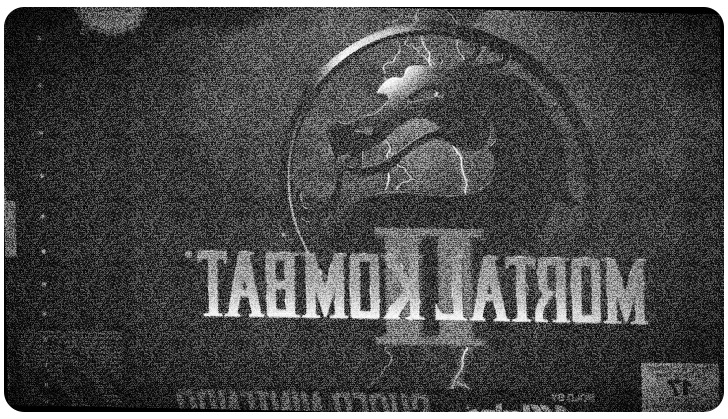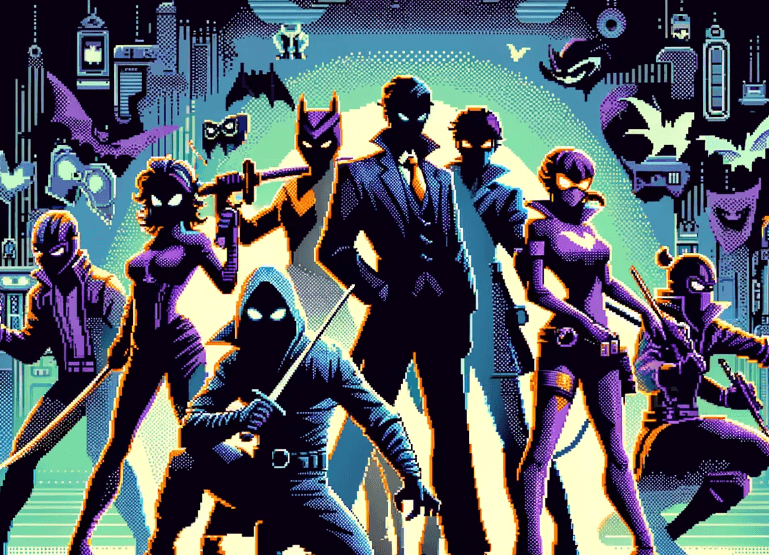 You masterminded every gruesome moment in Mortal Kombat II—how did you escalate the violence and gore compared to the first title?
You masterminded every gruesome moment in Mortal Kombat II—how did you escalate the violence and gore compared to the first title?
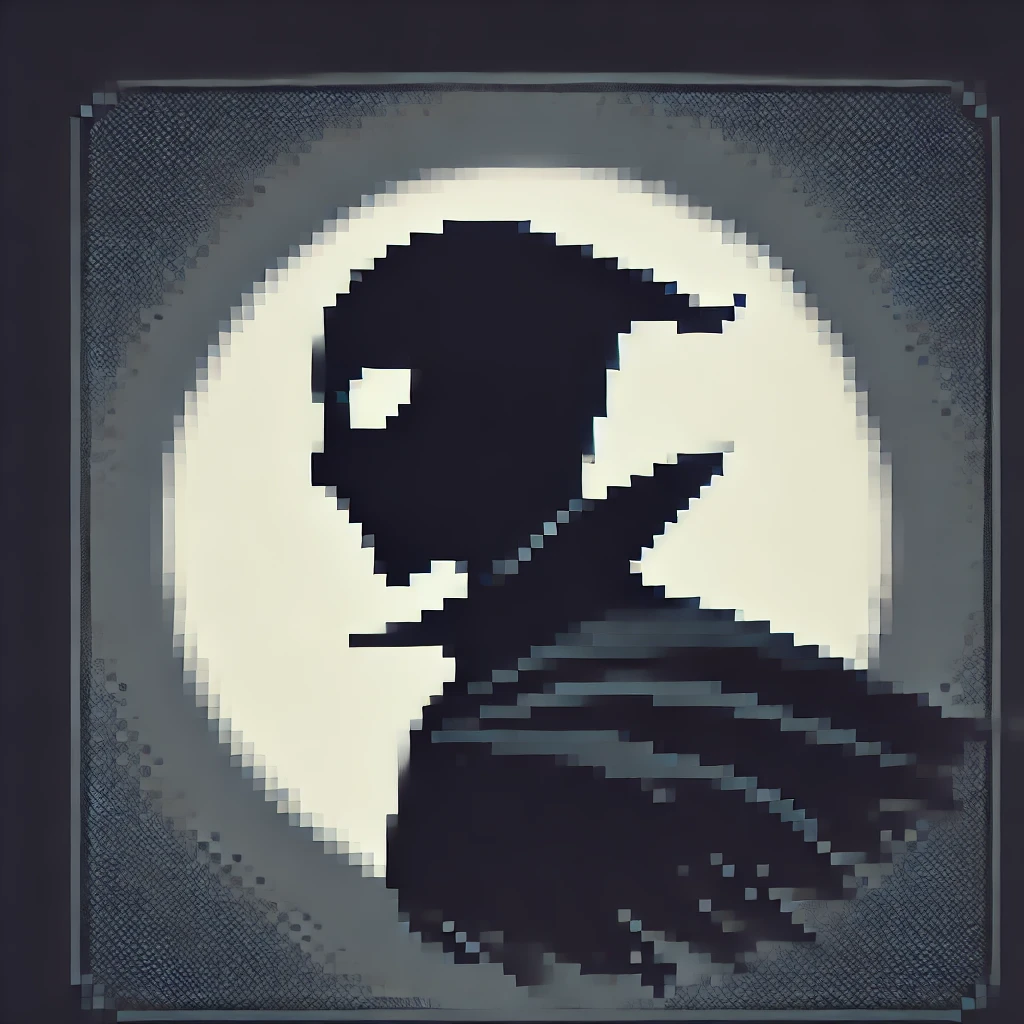 Ah, the first Mortal Kombat was merely an appetizer. Then, in ’94, I turned up the gore to a full‐blown spectacle. I even reused that floating arm animation from an old demo—no random bug, but a planned shock. In this 2D side-scroll arena, every flying kick and roundhouse hit with weight, and every fatality showed off my twisted craft. Players thought they saw chaos; in truth, it was my code, fine-tuned to terrify.
Ah, the first Mortal Kombat was merely an appetizer. Then, in ’94, I turned up the gore to a full‐blown spectacle. I even reused that floating arm animation from an old demo—no random bug, but a planned shock. In this 2D side-scroll arena, every flying kick and roundhouse hit with weight, and every fatality showed off my twisted craft. Players thought they saw chaos; in truth, it was my code, fine-tuned to terrify.
 Reception praised Mortal Kombat II’s improved balance. Were you genuinely playing fair or secretly tweaking the five difficulty levels?
Reception praised Mortal Kombat II’s improved balance. Were you genuinely playing fair or secretly tweaking the five difficulty levels?
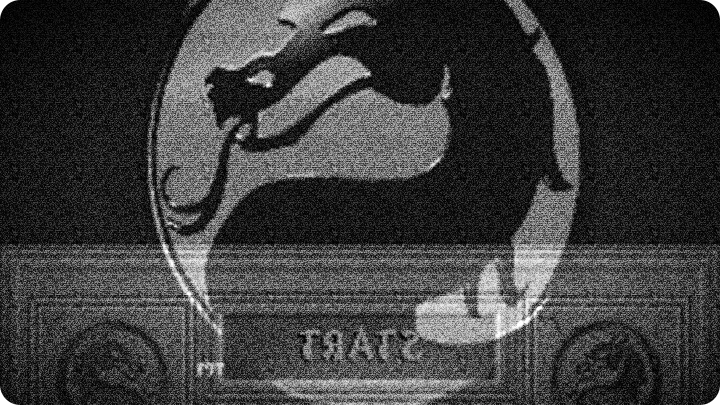
 Balance? That’s a cute word. However, I tipped the scales just enough—new players sweat on “Novice,” while experts quake on “Master.” On the surface it feels fair, but beneath lie razor-sharp surprises: teleporting uppercuts and phantom bicycle kicks that strike out of nowhere. I sneer at “perfect balance.” True challenge comes from uncertainty—and I planted every twist in plain sight.
Balance? That’s a cute word. However, I tipped the scales just enough—new players sweat on “Novice,” while experts quake on “Master.” On the surface it feels fair, but beneath lie razor-sharp surprises: teleporting uppercuts and phantom bicycle kicks that strike out of nowhere. I sneer at “perfect balance.” True challenge comes from uncertainty—and I planted every twist in plain sight.
 You introduced several new fighters and spectacular moves—what traps did you embed in those bicycle kicks and teleport features?
You introduced several new fighters and spectacular moves—what traps did you embed in those bicycle kicks and teleport features?
 Every special move was a Trojan horse. For example, the bicycle kick might sweep your heel—but sometimes it phases opponents into a soft spot in the stage. Likewise, the teleport isn’t just a vanish; it can spit foes out of bounds for an instant win. And as for Sonya Blade’s pistol? I coded in a 1-in-50 chance of a “glitch kill” when you least expect it.
Every special move was a Trojan horse. For example, the bicycle kick might sweep your heel—but sometimes it phases opponents into a soft spot in the stage. Likewise, the teleport isn’t just a vanish; it can spit foes out of bounds for an instant win. And as for Sonya Blade’s pistol? I coded in a 1-in-50 chance of a “glitch kill” when you least expect it.
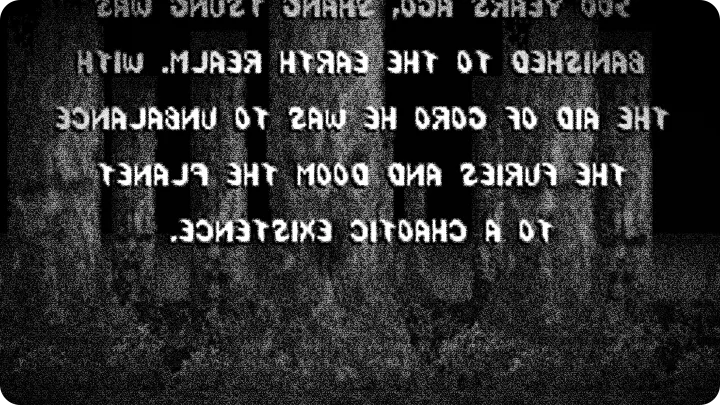
 The options include extra Credits—what cruel delights did you bake into that system?
The options include extra Credits—what cruel delights did you bake into that system?
 Ah, the infamous Credits menu. At first glance, adding coins seemed arcade tradition. Yet each extra credit quietly boosts CPU aggression. I never logged it on screen. Consequently, casual players blame “higher difficulty,” while insiders whisper about my hidden code that turns Kintaro into an unrelenting juggernaut after just a few continues.
Ah, the infamous Credits menu. At first glance, adding coins seemed arcade tradition. Yet each extra credit quietly boosts CPU aggression. I never logged it on screen. Consequently, casual players blame “higher difficulty,” while insiders whisper about my hidden code that turns Kintaro into an unrelenting juggernaut after just a few continues.
 Facing Shang Tsung, Kintaro and then Shao Kahn in the finale is brutal—how did you design those distinct challenges?
Facing Shang Tsung, Kintaro and then Shao Kahn in the finale is brutal—how did you design those distinct challenges?
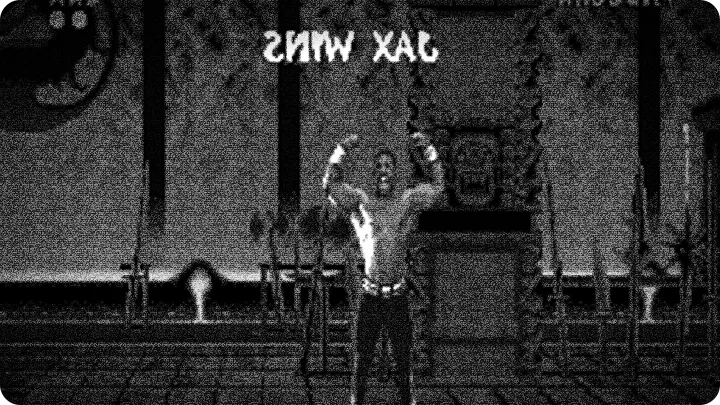
 First, Shang Tsung’s morphing isn’t mere flair: I scramble his hitboxes when he shifts into Spider-Monk or Smoke, forcing you to relearn timing mid-battle. Next, Kintaro’s ferocious charge exploits an old arcade glitch I resurrected. Finally, Shao Kahn—every crushing hammer strike toggles invincibility flags off, just for your misery. That boss trio wasn’t a gauntlet but a systematic annihilation sequence.
First, Shang Tsung’s morphing isn’t mere flair: I scramble his hitboxes when he shifts into Spider-Monk or Smoke, forcing you to relearn timing mid-battle. Next, Kintaro’s ferocious charge exploits an old arcade glitch I resurrected. Finally, Shao Kahn—every crushing hammer strike toggles invincibility flags off, just for your misery. That boss trio wasn’t a gauntlet but a systematic annihilation sequence.
 The two-player mode and same-character duels birthed some infamous glitches—did you engineer those or merely embrace chaos?
The two-player mode and same-character duels birthed some infamous glitches—did you engineer those or merely embrace chaos?
 Actually, both. I seeded overlapping sprite routines so when two Sub-Zeros clash, their freezing blast can blank the screen in untextured white—pure disorientation. Additionally, I catalogued every glitch: stray teleport rings, out-of-bounds fatalities, even rare double-KO moments. Players think they discovered these by chance; in reality, each was a calculated wink from me.
Actually, both. I seeded overlapping sprite routines so when two Sub-Zeros clash, their freezing blast can blank the screen in untextured white—pure disorientation. Additionally, I catalogued every glitch: stray teleport rings, out-of-bounds fatalities, even rare double-KO moments. Players think they discovered these by chance; in reality, each was a calculated wink from me.
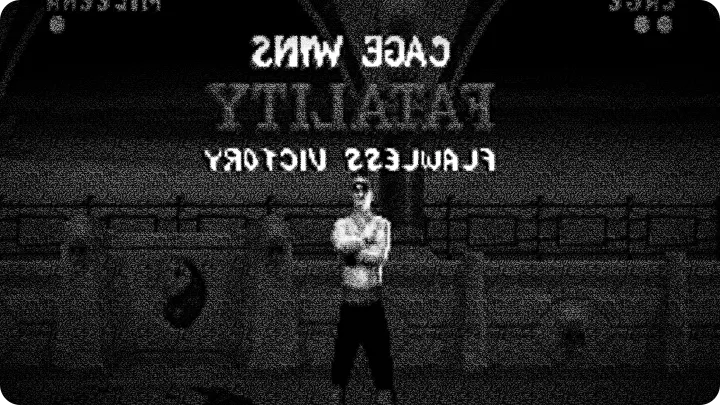
 Regional differences even sanitized violence on certain consoles—how did you sneak your style past those filters?
Regional differences even sanitized violence on certain consoles—how did you sneak your style past those filters?
 On the Nintendo port—despite its censored blood—I used palette swaps to hide crimson pixels that flash on special frames. Similarly, some PAL releases spread fatality frames across hidden branches so they only trigger when you meet cryptic combo conditions. Thus, every “censored” sprite still carries my signature—regional testers never saw the full spectacle.
On the Nintendo port—despite its censored blood—I used palette swaps to hide crimson pixels that flash on special frames. Similarly, some PAL releases spread fatality frames across hidden branches so they only trigger when you meet cryptic combo conditions. Thus, every “censored” sprite still carries my signature—regional testers never saw the full spectacle.
 Feedback calls it a solid “B” in overall challenge—what aspect of your villainy do players still underappreciate?
Feedback calls it a solid “B” in overall challenge—what aspect of your villainy do players still underappreciate?
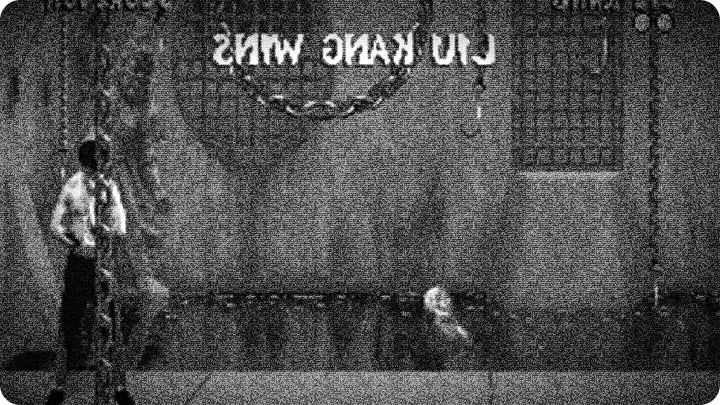
 They praise the balance, the fighter roster, the 2D arcade thrills—the side-view action and mix of punches, kicks, teleports, and ranged attacks. Yet they miss the minutiae: hidden frame traps in every throw, the locked-in glitch chance that can turn a cyclone uppercut into an instant stage reset. That subtle terror, buried deep in the code, remains my greatest coup. And as for my next return… let them sharpen their blades. The next realm awaits, and my code is hungrier than ever.
They praise the balance, the fighter roster, the 2D arcade thrills—the side-view action and mix of punches, kicks, teleports, and ranged attacks. Yet they miss the minutiae: hidden frame traps in every throw, the locked-in glitch chance that can turn a cyclone uppercut into an instant stage reset. That subtle terror, buried deep in the code, remains my greatest coup. And as for my next return… let them sharpen their blades. The next realm awaits, and my code is hungrier than ever.
more info and data about Mortal Kombat II provided by mobyGames.com

